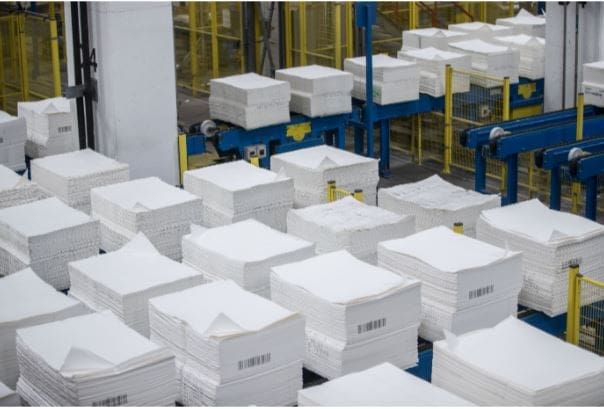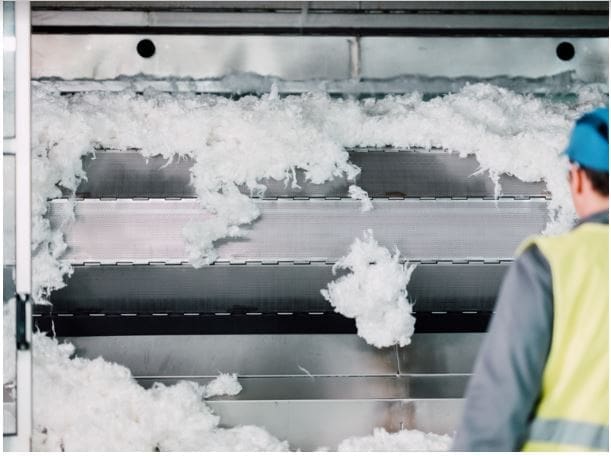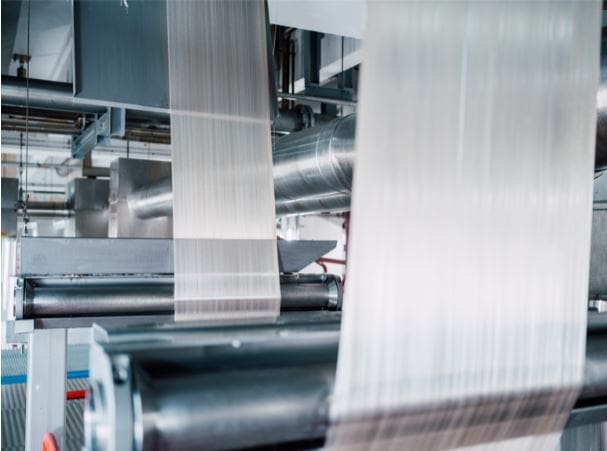Sustainability is no longer just a buzzword, it’s the driving force behind the fashion industry’s
evolution. Every decision a fashion brand makes from how they design their clothing to where they source materials, how they produce their goods, and even how they communicate their values must resonate with consumers.
An important part of a sustainable business is accounting for where raw materials come from. While sustainable sourcing can be a challenge due to the complex nature of global supply chains & market dispersion, stakeholders increasingly expect companies to maintain updated information on feedstock origin and demonstrate their efforts to mitigate environmental and social risks associated with sourcing.
The trouble with tracing the origin of raw materials
In the fashion industry, it’s not uncommon for companies further down the supply chain to face challenges when it comes to tracking the origins of their raw materials. However, certification emerges as a critical player in maintaining credibility and transparency within this complex landscape.
Here’s how it works: Accredited third-party auditors step in, meticulously reviewing suppliers’
documentation and practices on an annual basis. Following a rigorous assessment, they issue certificates that serve as a clear and compelling testament to the sustainable origins of these materials. This process not only bolsters the industry’s integrity but also provides valuable assurance to all stakeholders involved.
Generic labels like “eco-friendly” and “environmentally responsible” are insufficient because they lack concrete information on specific production stages. This is where third-party audits come in to ensure transparency and accountability.
Building trust with chain of custody certification
One such assurance is the PEFC chain of custody certification, which is a mechanism for tracking certified material from the forest to the final product. It can be integrated into a brand’s supply traceability system and is a valuable solution that provides evidence of sustainable sourcing from certified forests. PEFC certification enables companies to substantiate claims regarding the use of forest-based materials from certified sustainably managed forests.

The chain of custody certification means that retailers purchasing final products are absolutely certain that controversial forest materials are excluded and that the process of manufacturing itself aligns with deforestation, biodiversity, and climate commitments.
Certification plays a crucial role in facilitating responsible sourcing of forest-based materials and establishing traceability between products and PEFC-certified sustainably managed forests. This certification covers the entire supply chain, including logging, fibre production, spinning, dyeing, weaving, garment manufacturing, and the final product, and helps to eliminate the materials that come from controversial sources, such as those linked to illegal logging, deforestation, or human rights violations.

The Lenzing Group is an international fibre production company working off nine production sites across the world, providing dissolving wood pulp that’s the basis for textile fibres for a variety of apparel. Having established a fully PEFC-certified sourcing pipeline, they consistently assess all 700 of their wood suppliers to ensure strict adherence to sustainable forestry criteria, resulting in more than 99% of the wood used meeting certification or controlled standards across their ecosystem. By consistently maintaining high levels of social responsibility & human rights standards among its suppliers, Lenzing exemplifies that sustainability in fashion can be achieved right from the source.
A guide to incorporating traceability into supply chains
While incorporating sustainability into the supply chain is an important task, mapping & monitoring the sourcing choices of these actors can be a complex and resource-intensive task. So how do you ensure that your raw material like Man-Made Cellulosic Fibres (MMCF) comes from sustainably managed forests?

PEFC suggests seven key steps:
1. Incorporate responsible MMCF sourcing certification requirements into policies – This demonstrates a commitment to sustainability and encourages suppliers to meet the necessary certification standards.
2. Request PEFC-certified MMCF materials from Tier 1 suppliers – This will provide evidence that the raw materials used in products come from certified sustainably managed forests and allow substantiated claims to be made.
3. Encourage suppliers to obtain PEFC chain of custody certification – This certification demonstrates that materials are sourced from certified forests and enables traceability throughout the supply chain.
4. Clearly communicate sustainability targets and timelines – Clarity will help suppliers align their efforts with looming sustainability goals and ensure a shared understanding of expectations.
5. Share clear guidance on how to obtain a certification with supplier networks – PEFC provides extensive information and guidance on the certification process.
6. Use the API for seamless certification updates and even connect your company’s database with the PEFC certificate database- Integration provides real-time updates on suppliers’ certification data and streamlines the verification process.
7. Publicly share the preferred approach to MMCF feedstock material sourcing on company websites – This will improve transparency for customers and wider stakeholders on the level of commitment to sustainable forest management and forest-positive actions.
Working with trusted partners
Within the fashion sector, brands often have limited visibility and engagement with the various stakeholders involved in forest-level operations. This underscores the importance of effective mapping, monitoring, and traceability processes throughout the supply chain. While incorporating sustainable practices into the fashion industry is essential, the practical application itself is a challenge for many retailers. The PEFC sustainable policy offers invaluable support to brands as they embark on this journey.

Ensuring that MMCF raw materials originate from forests with robust mitigation measures not only aids in achieving sustainability goals but also adds significant value to both brands and their customers.
One example of a player at the source of the supply chain is Grasim Industries of the Aditya Birla Group. The manufacturer of pulp and viscose staple fibre is heavily focused on building environmentally sustainable practices with built-in management systems that conform to international standards.
According to the Group it, “uses its best efforts to source wood from suppliers participating in credible forest certification standards. Grasim recognizes the Sustainable Forestry Initiative (SFI®) & Programme for the Endorsement of Forest Certification (PEFC™)”. This commitment to certification ensures that retailers can significantly improve the traceability of the materials they use when producing their collections.
As the fashion industry increasingly embraces sustainability, certification emerges as the linchpin of responsible sourcing. Through rigorous audits and traceability mechanisms, certification assures the integrity of materials’ origins, fostering transparency and accountability. PEFC’s comprehensive chain of custody certification empowers brands to substantiate their claims of sustainable sourcing, from forest to final product. It’s a vital step in eliminating controversial materials and promoting ethical practices in an era where consumers increasingly demanding them.

